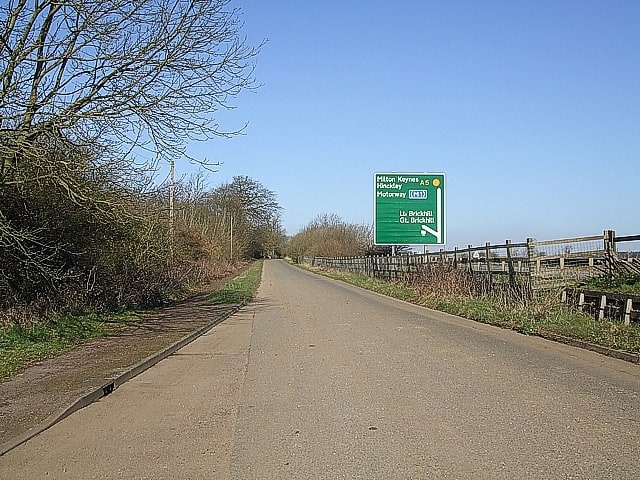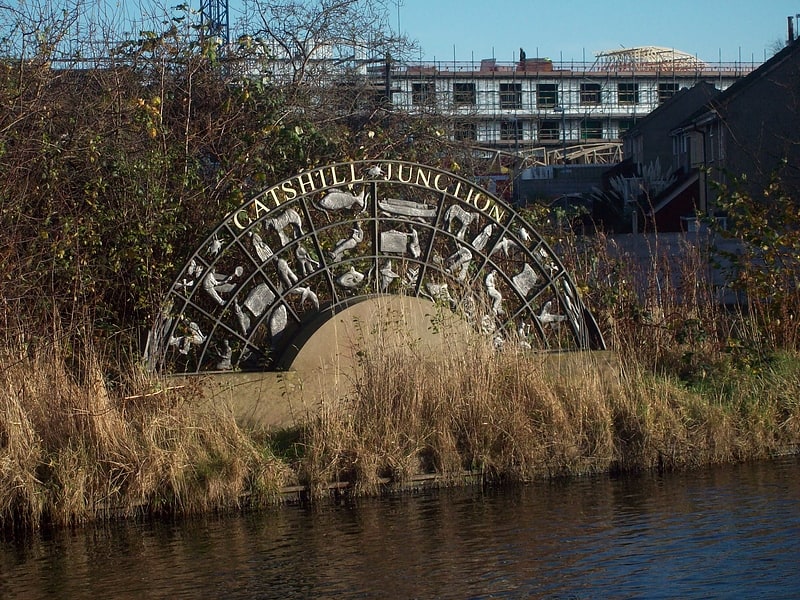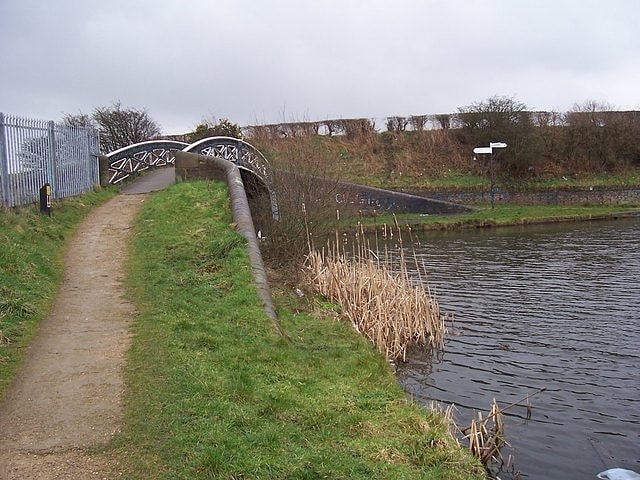Discover 4 hidden attractions, cool sights, and unusual things to do in Brownhills (United Kingdom). Don't miss out on these must-see attractions: Barr Beacon, Watling Street, and Catshill Junction. Also, be sure to include Ogley Junction in your itinerary.
Below, you can find the list of the most amazing places you should visit in Brownhills (England).
Table of Contents
Barr Beacon

Hill in England. Barr Beacon is a hill on the edge of Walsall, West Midlands, England, very near the border with Birmingham. It gives its name to nearby Great Barr and to the local secondary school Barr Beacon School. It is historically the site of a beacon where fires were lit in times of impending attack or on celebratory occasions. The site is on green belt land and is of local importance for nature conservation, as defined by Walsall Borough Council, who have designated some 60 acres of it as a Local Nature Reserve.[1]
Address: Beacon Road, Brownhills (Walsall)
Watling Street

Route in England. Watling Street is a historic route in England that crosses the River Thames at London and which was used in Classical Antiquity, Late Antiquity, and throughout the Middle Ages. It was used by the ancient Britons and paved as one of the main Roman roads in Britannia – Roman-governed Great Britain during the Roman Empire. The route linked Dover and London in the southeast via St Albans to Wroxeter to the northwest. Watling Street was the traditional site of the Romans' Defeat of Boudica. The line of the road was later the southwestern border of the Danelaw with Wessex and Mercia, and Watling Street was numbered as one of the major highways of medieval England.
First used by the ancient Britons, mainly between the areas of modern Canterbury and St Albans using a natural ford near Westminster, the road was later paved by the Romans. It connected the ports of Dubris (Dover), Rutupiae (Richborough), Lemanis (Lympne), and Regulbium (Reculver) in Kent to the Roman bridge over the Thames at Londinium (London). The route continued northwest through Verulamium (St Albans) on its way to Viroconium Cornoviorum (Wroxeter).
The Roman Antonine Itinerary lists sites along the route of Watling Street as part of a longer route of 500 Roman miles connecting Richborough with Hadrian's Wall via Wroxeter. The continuation on to Blatobulgium (Birrens, Dumfriesshire) beyond Hadrian's Wall in modern Scotland may have been part of the same route, leading some scholars to call this Watling Street as well, although others restrict it to the southern leg.
In the early 19th century, the course between London and the Channel was paved and became known as the Great Dover Road: today, the route from Dover to London forms part of the A2 road. The route from London to Wroxeter forms much of the A5 road. At various points along the historic route, the name Watling Street remains in modern use.[2]
Catshill Junction

Transit stop in Walsall Wood, England. Catshill Junction is a canal junction at the northern limit of the Daw End Branch Canal where it meets the Wyrley and Essington Canal main line, near Brownhills, in West Midlands, England.[3]
Ogley Junction

Ogley Junction, on the Staffordshire county border near Brownhills, West Midlands, England, is a historic canal junction on the Wyrley and Essington Canal where the Anglesey Branch left the main line.[4]